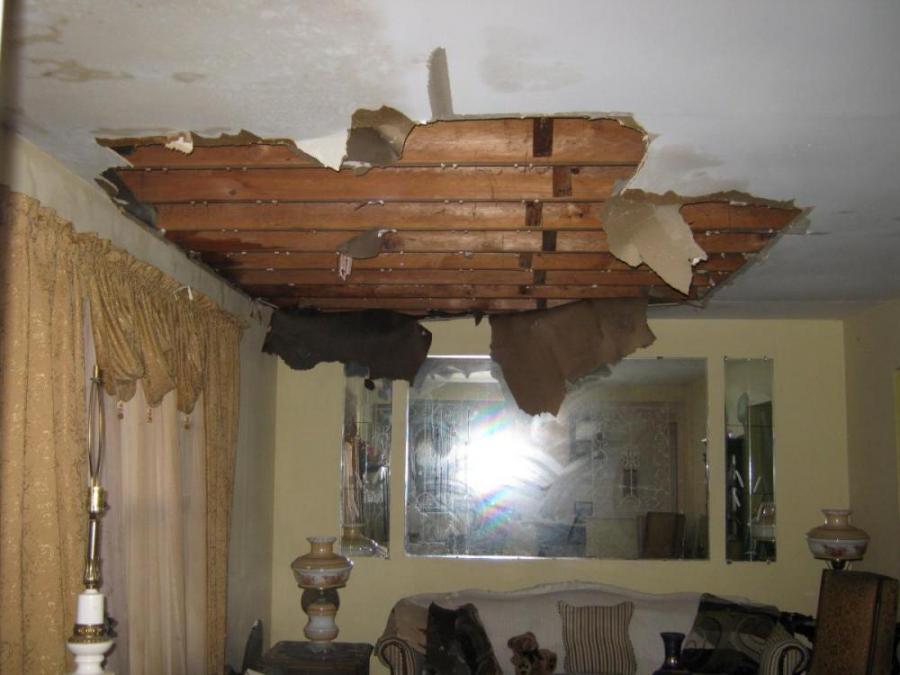Do's & Don'ts of Water Damages.
Do's & Don'ts of Water Damages.
Blog Article
What're your ideas on Reducing Your Risk Of Water And Fire Damage At Home?

Water offers life, but water invasion on some components where it's not intended to be can result in damages and hassle. In enhancement, homes with water damage smell old and musty.
Water can come from many sources like hurricanes, floods, burst pipelines, leakages, and also drain problems. If you have water damage, it's better to have a working expertise of safety and security precautions. Below are a few guidelines on just how to handle water damages.
Do Prioritize House Insurance Insurance Coverage
Seasonal water damage can originate from floods, seasonal rainfalls, as well as wind. There is also an incident of a sudden flood, whether it originated from a malfunctioning pipeline that all of a sudden breaks into your house. To shield your home, obtain home insurance coverage that covers both acts of God such as all-natural disasters, and also emergencies like busted plumbing.
Don't Fail To Remember to Turn Off Utilities
When calamity strikes and you remain in a flood-prone area, turn off the main electric circuit. Switching off the power prevents
electric shocks when water comes in as water acts as a conductor. Don't fail to remember to switch off the major water line shutoff as a method to avoid more damage.
If the floodwaters are obtaining high, maintain your furniture stable as they can move around and also trigger extra damage.
Do Keep Proactive as well as Heed Weather Informs
Storm floodings can be very uncertain. Stay positive and also prepared at all times if you live in an area pestered by floodings. Listen to the news as well as discharge warnings if you live near a body of water like a creek, river, or lake. Secure your valuables as well as crucial documents from the first stage and also cellar, then put them in a refuge and the highest possible degree.
Do Not Disregard the Roofing System
Your roofing professional ought to take treatment of the damaged gutters or any other indications of damages or weakening. An examination will certainly prevent water from flowing down your walls and soaking your ceiling.
Do Focus On Little Leaks
There are red flags that can draw your attention and show to you some damaged pipes in your home. Indicators of red flags in your pipelines include bubbling paint, peeling off wallpaper, water streaks, water stains, or trickling noises behind the walls. Fixing as well as inspect your plumbing repaired prior to it results in large damage to your residence, finances, and also a personal problem.
Don't Panic in Case of a Ruptured Pipe
Maintaining your presence of mind is crucial in a time of situation. Worrying will only worsen the problem since it will certainly suppress you from acting fast. Panic will likewise provide you added stress. Timing is essential when it pertains to water damages. The longer you wait, the even more damages you can anticipate and also the most awful the outcomes can be. If a pipeline bursts in your house, promptly turned off your major water valve to remove the source and avoid more damages. Disconnect all electrical outlets in the location or shut off the circuit breaker for that part of your house. Finally, call a respectable water damage repair expert for help.
Water provides life, yet water breach on some components where it's not supposed to be can result in damage and hassle. In addition, houses with water damage smell old as well as moldy.
Seasonal water damage can come from floodings, seasonal rainfalls, as well as wind. Indications of red flags in your pipes include gurgling paint, peeling off wallpaper, water streaks, water stains, or dripping audios behind the wall surfaces. If a pipe ruptureds in your residence, promptly shut off your primary water valve to reduce off the source and protect against more damage.
Some Do's & Don't When Dealing with a Water Damage
DO:
Make sure the water source has been eliminated. Contact a plumber if needed. Turn off circuit breakers supplying electricity to wet areas and unplug any electronics that are on wet carpet or surfaces Remove small furniture items Remove as much excess water as possible by mopping or blotting; Use WHITE towels to blot wet carpeting Wipe water from wooden furniture after removing anything on it Remove and prop up wet upholstery cushions for even drying (check for any bleeding) Pin up curtains or furniture skirts if needed Place aluminum foil, saucers or wood blocks between furniture legs and wet carpet Turn on air conditioning for maximum drying in winter and open windows in the summer Open any drawers and cabinets affected for complete drying but do not force them open Remove any valuable art objects or paintings to a safe, dry place Open any suitcases or luggage that may have been affected to dry, preferably in sunlight Hang any fur or leather goods to dry at room temperature Punch small holes in sagging ceilings to relieve trapped water (don't forget to place pans beneath!); however, if the ceiling is sagging extremely low, stay out of the room and we'll take care of it DO NOT:
Leave wet fabrics in place; dry them as soon as possible Leave books, magazines or any other colored items on wet carpets or floor Use your household vacuum to remove water Use TV's or other electronics/appliances while standing on wet carpets or floors; especially not on wet concrete floors Turn on ceiling fixtures if the ceiling is wet Turn your heat up, unless instructed otherwise

As a fervent reader about Reducing Your Risk Of Water And Fire Damage At Home, I figured sharing that piece of content was a good thing. Be sure to take the time to share this entry if you appreciated it. I am grateful for your time. Come back soon.
Report this page